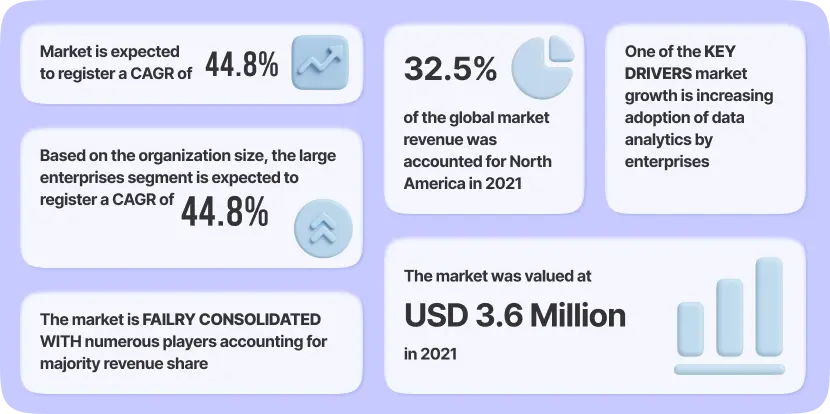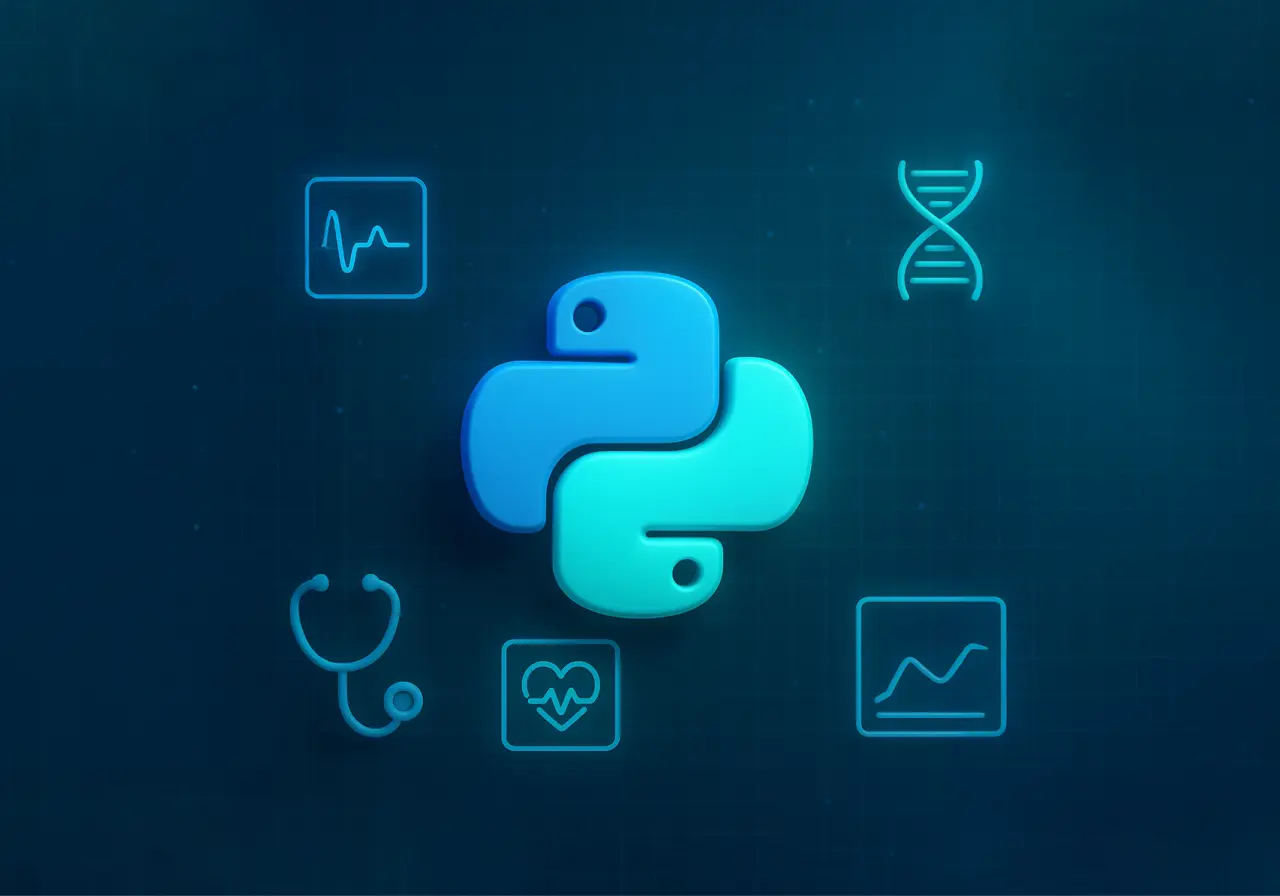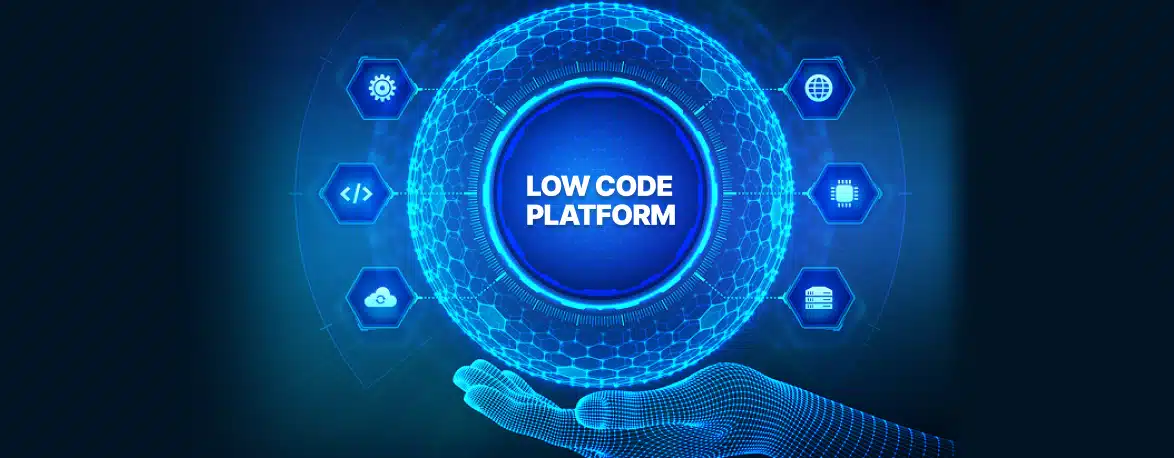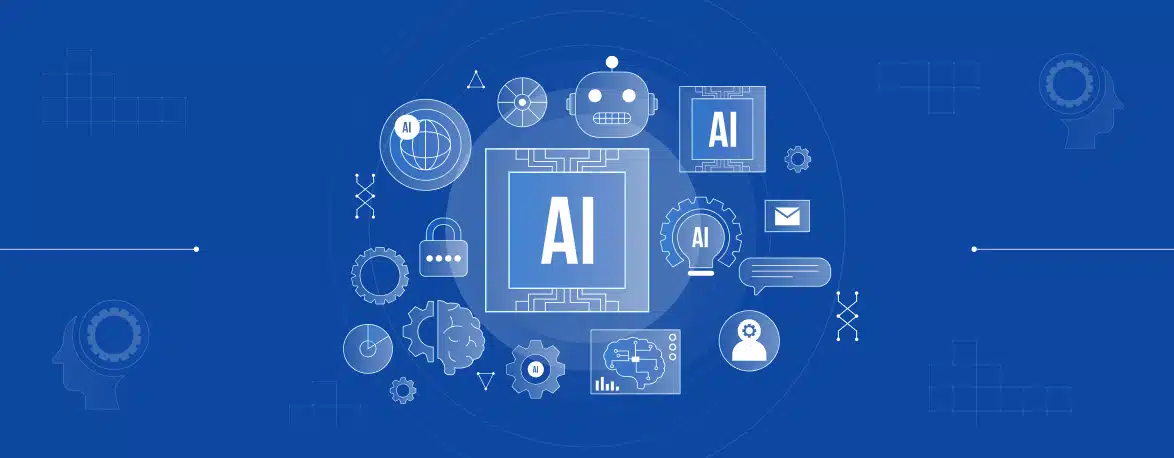- Understanding The Healthcare Data Landscape
- Core Python Libraries for Healthcare Analytics
- NumPy and Pandas for Data Manipulation and Analysis
- Matplotlib and Seaborn for Data Visualization
- Scikit-learn for Machine Learning
- Statsmodels for Statistical Modelling
- Natural Language Processing (NLP) Libraries for Text Data Analysis
- Advanced Analytics Applications in Healthcare
- Real-world Use Cases and Success Stories
- Ethical Considerations and Data Privacy
- Conclusion
In the modern world, data is the key to almost everything. Data plays a pivotal role everywhere, from simple business operations to complex stock market performance measurements. Even in the healthcare industry, data is paramount in streamlining operations and making more smart decisions. How?
Traditional data analysis methods and techniques depend on manual data analysis, collection, warehousing, etc. But, these methods have their respective limitations, such as they are time-consuming and prone to errors.
Here comes Python, a powerful programming language and a data analysis tool that can transform healthcare analytics.
Currently, the Python market is growing at a CAGR of 44.8%, which will be $100.6 million in 2030. These numbers are clear proof that the language is the future of Healthcare analytics and other business operations. Here is more to it!

Understanding the Healthcare Data Landscape
Data is the foundation of Python-driven healthcare applications. In the healthcare industry, various types of data are used, including EHR, administrative records, health surveys, claims information, genomic datasets, and data from wearable gadgets.
However, this data often poses issues while analysing as it may be unstructured, incomplete, inaccurate, unprocessed, or contain redundancies. Additionally, healthcare data presents unique complexities, such as high volumes, the speed at which data is collected and processed, the diversity of data sources, and the reliability or accuracy of the information.
These aspects, especially variety and veracity, are important, as incorrect or insufficient data can lead to issues.
Now, this is where Python comes into the picture. Python helps ensure that data is clean and complete in every way before feeding it to the analytics algorithm. This is achieved with the help of precise data ingestion and data pre-processing.
Data ingestion, a key aspect of healthcare software development services, involves collecting healthcare data from various sources, cleaning it, and storing it in a centralized, accessible repository.
Besides data ingestion, python in healthcare is also useful for data pre-processing, which deals with data cleaning, data encoding, feature extraction, feature scaling, maintaining consistency in data, etc.
Above all these, other data analytics processes that streamline healthcare data analytics are data manipulation, data visualization, etc.
Core Python Libraries for Healthcare Analytics
If you have worked with Python or heard about it, you must know that the power of Python lies in its libraries. Python is blessed with numerous libraries that ease data analysis tasks. So, here are some of the best Python libraries for healthcare!
NumPy and Pandas for Data Manipulation and Analysis
The most common libraries that are used for data manipulation and analysis are NumPy and Pandas. NumPy is a Python library that is used to perform analysis on matrices and arrays. With the ability to support multi-dimensional arrays, it is also useful in analyzing and calculating basic calculations, such as mean, median, and mode.
Pandas is another utilitarian library that functions based on Numpy. Numpy is a dependency of the Pandas library. Pandas are used for tabular dataset analysis with different types of variables. Furthermore, it is also useful in data loading or feature engineering.
Matplotlib and Seaborn for Data Visualization
To make AI-Driven Healthcare Solutions, it is necessary to analyze data, and to do that; it has to be visualized properly. Python provides libraries like Matplotlib and Seaborn to visualize healthcare data.
Healthcare data is of several types, including EHR, patient diagnosis procedures, medical tests, claims data, genomic data, etc. As this data can be complex to analyze, Matplotlib and Seaborn can ease its visualization.
With these libraries, every type of healthcare data can be visualized with high-level statistical graphics and complex visualizations.
Scikit-learn for Machine Learning
Machine learning is a subset of data science that is used to build algorithms to help the machines study that data and learn from them.
Sci-kit Learn is a state-of-the-art library that features several powerful algorithms that, when combined with Pandas and NumPy, can help in deducing impressive insights from healthcare data. Some of those Sci-kit Learn machine learning algorithms are classification, regression, clustering, pre-processing, etc. With support for methods like k-means, gradient testing, random forests, etc., Sci-kit Learn can help with the following machine learning development!
- Predict how chemical compounds react with the body’s proteins.
- Data from previous patients can be analyzed along with the current patient to create precision medicine.
- Classification models for predicting disease outcomes and patient risk stratification.
- Clustering models for patient segmentation and identifying similar patient groups.
- Predictive modelling for predicting patient outcomes, treatment outcomes, and disease outbreaks.
Statsmodels for Statistical Modelling
Statsmodel is another powerful Python library that caters to the classes and functions for statistical data analysis. Backed by powerful models and functions like regression analysis, hypothesis testing, GLMs, and more, Statsmodels can help predict patient outcomes, forecast resource needs, enable drug testing, etc.
Natural Language Processing (NLP) Libraries for Text Data Analysis
NLP, or natural language processing, has several applications in healthcare analytics, and powerful NLP libraries, such as NLTK, Regex, Textacy, VADER, etc., back these applications. NLP can help in healthcare analytics via predictive analytics, sentiment analysis, text analysis, clinical documentation, speech recognition, etc.
Advanced Analytics Applications in Healthcare
So far, we are clear on the Python libraries that are useful in healthcare analytics. All these libraries enable several advanced applications, as described below!
- Predictive modelling: Python for Predictive Analytics includes predictive modelling. This is where historical patient data is accessed and analyzed to make futuristic decisions, including disease prediction, patient segmentation, patient risk stratification, healthcare resource planning, etc.
- Image analysis: Medical images are a key element in determining a person’s health. Several types of medical images can be easily processed, analyzed, or diagnosed with the help of Python. Medical images like MRIs, computerized tomography, DTI, X-rays, etc., can be analyzed to detect fractures, pneumonia, and other health conditions.
- Natural language processing: Clinical notes and narratives contain several crucial elements about the patient’s health. Clinical NLP helps effectively and efficiently extract information and critical insights from clinical narratives that would otherwise be hard for humans.
- Genomics and Precision Medicine: Genomic Data Analysis with Python includes molecular sequences, gene sequences, and gene expression analysis. With tools like Python and databases supported by Amazon DynamoDB Development Company, genetic data and DNA sequence analysis enable precision medicine and personalized treatments for patients.
- Population health management: Machine Learning in Healthcare, predictive analytics, and other AI technologies can identify trends and patterns in patient data to devise treatment methods for new diseases and improve overall population health.
Real-world Use Cases and Success Stories
Healthcare Analytics with Python can yield several benefits, and there are several real-life examples of the same! Here are some of them!
The MIT example: Researchers at the renowned MIT University used Python to analyze the images of chest X-rays to detect pneumonia, which was better than radiologists.
Bellabeat used Python to analyze women’s health parameters data via the revolutionary Fitbit app. Based on the health habits and fitness data, the brand focussed on providing women with insight into their health habits and making better health decisions.
These examples state that Python can help improve healthcare facilities by streamlining operations. Further, the quantifiable nature of Python can help make better decisions and promote resource optimization and cost reduction.
Ethical Considerations and Data Privacy
Whenever the use of personal data comes into the picture, the need for ethical considerations, security, and healthcare data privacy also surfaces. Proper and foolproof data security and privacy measures are necessary. Moreover, certain regulations, standards, and compliance guidelines should be met to ensure supreme data security and privacy.
Some of the crucial data security and privacy standards are HIPAA, PCI-DSS, NIST, GDPR, etc. Besides data security, ethical considerations should be considered, such as transparency, user consent before using the data, algorithmic fairness and biases, etc.
Conclusion
So, Python is more than just a programming language. It is a powerful tool that can not only help the healthcare sector advance its operations but also revolutionize the entire industry. As data is the core element in healthcare analytics, measures must be taken to ensure its privacy and security. As other technologies like AI and IoT are advancing, the future scope of Python can extend toward physical healthcare devices.
So, if you want to embrace Python development, now is the time to do it!




